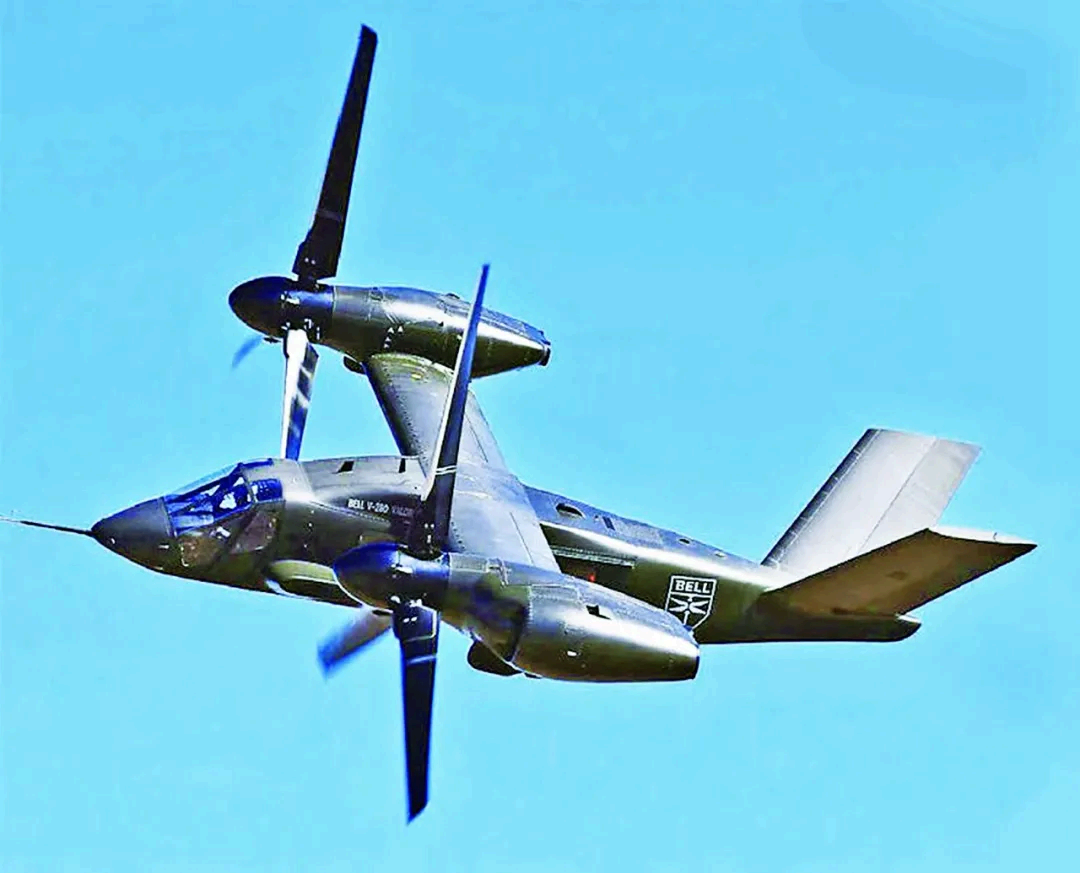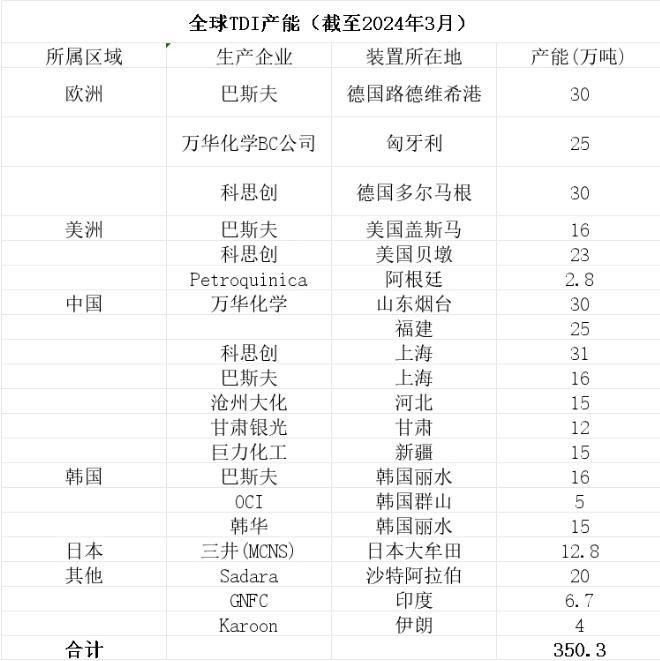Accelerating rise of tiltrotor aircraft
Recently, foreign media reported that the V-280 Valor tiltrotor aircraft developed by Bell in the United States is set to enter mass production and be deployed to troops, becoming the world's second tiltrotor aircraft to enter service. This aviation vehicle, referred to as an "aerial hybrid," combines the advantages of helicopters and fixed-wing aircraft—it can take off and land vertically, hover in the air, and fly at high speeds. Its core feature is the fixed-wing design, with rotors at the tips that can rotate between horizontal and vertical positions: when taking off or hovering, the rotors rotate horizontally to generate lift; after reaching a certain altitude and speed, the rotors flip forward 90 degrees to provide forward thrust like a propeller.

Bell's V-280 Valor tiltrotor aircraft
I. Development Context: Four-Stage Evolution
The development of tiltrotor aircraft is represented by products from Bell Helicopter in the United States and has gone through four stages:
• Principle verification stage (1950s-1960s): Using a dual-blade semi-rigid rotor and piston engine, there were issues such as insufficient power and poor stability, only serving as concept verification. For example, the XV-3 prototype had a maximum speed of 200 kilometers per hour and the tests were terminated due to an accident.
• Test flight breakthrough stage (late 1970s to late 1980s): switched to a three-blade rigid rotor and turbine engine, significantly increased cruising speed, overcame the issue of tilt transition power balance, completed carrier-based and refueling tests, with the XV-15 reaching a maximum speed of 615 kilometers per hour.
• Scale service stage (1989-2017): Continuous technological improvements, adopting high-power turbo-shaft engines and coupling systems, significantly enhancing payload capacity. The V-22, based on the XV-15 prototype, has a maximum payload of about 10 tons (four times that of the prototype) and was officially commissioned by the U.S. military in 2007.
• Structural upgrade phase (2017 to present): represented by the V-280, using the "fixed engine, tilting rotor" mode, optimizing structure to enhance stability, reducing the damage of high-temperature airflow to the ground, and awarded a military procurement contract in 2022.
Unique Value: Filling Capability Gaps
Compared with conventional fixed-wing aircraft, tiltrotor aircraft do not rely on runways and can take off and land vertically in confined spaces, hover, and precisely deliver personnel and equipment; compared to helicopters, they have a cruising speed of over 500 kilometers per hour, a combat radius of over 700 kilometers (about twice that of a general-purpose helicopter), and a payload capacity exceeding 10 tons, capable of carrying approximately 20 armed soldiers, significantly enhancing combat efficiency.
It is not a replacement for existing models, but rather fills the gap between the two: amphibious assaults can quickly deploy troops from aircraft carriers, special operations can infiltrate at low altitude and high speed with stealth, and precision delivery can be accomplished through winches or aerial descent. It holds great practical value in modern warfare.
Three, Future Directions: Technological Breakthroughs and Leaps
To address the issues of complex power transmission systems and poor environmental adaptability, the next generation of tiltrotor aircraft will achieve three major breakthroughs:
- Adopting hybrid electric technology, simplifying the transmission system, enhancing reliability, and allowing flexible switching of power modes (using "hybrid power" for vertical takeoff and landing, "fuel" for cruising, and "pure electric drive" for enhanced survivability during penetration).
The rotor can be rotated to any angle, achieving complex maneuvers such as low-altitude hovering and lateral translation shooting, expanding the tactical application range.
- Develop tilt-rotor drones that do not need to consider the physiological limits of pilots, capable of executing reconnaissance and strike missions for extended durations, or serving as "loyal wingmen."
In the future, with the continuous integration of technology, the role of tiltrotor aircraft is worth.
【Copyright and Disclaimer】The above information is collected and organized by PlastMatch. The copyright belongs to the original author. This article is reprinted for the purpose of providing more information, and it does not imply that PlastMatch endorses the views expressed in the article or guarantees its accuracy. If there are any errors in the source attribution or if your legitimate rights have been infringed, please contact us, and we will promptly correct or remove the content. If other media, websites, or individuals use the aforementioned content, they must clearly indicate the original source and origin of the work and assume legal responsibility on their own.
Most Popular
-

Four Major Chemical New Material Giants Sell Off and Shut Down Again!
-

Covestro faces force majeure!
-

DuPont to Spin Off Nomex and Kevlar Brands for $14.4 Billion: Is Aramid Fiber Still Attractive?
-

Massive Retreat of Japanese and Korean Battery Manufacturers
-

Napan Unveils Thermoplastic Composite Three-in-One Power System Solution, Battery Cover Weight Reduced by 67%



